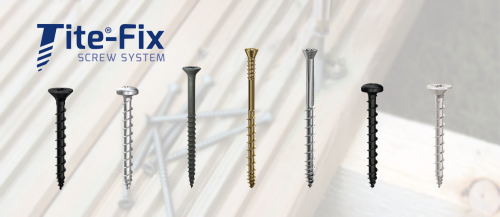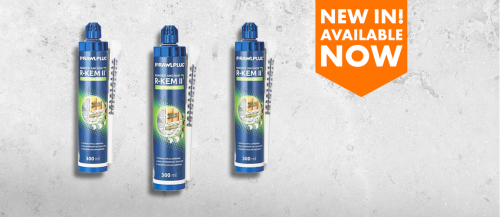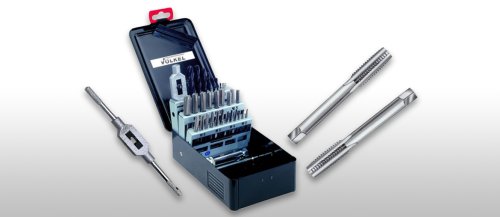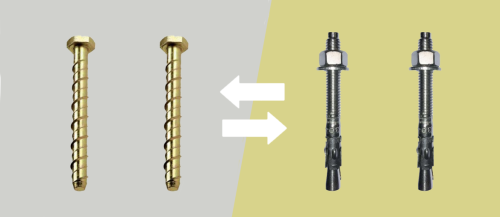This site uses cookies to help deliver its services and analyse traffic.
Essential Elements: Know your Nickel
Choosing the right grade of stainless steel can make the difference between a failed project and a successful one. Common grades of stainless steel are 304 and 316: these grades contain nickel, an essential element of manufacture. Here are some facts about the remarkable material...
- The German word 'kupfernickel' meaning 'copper devil' is where we get the English word 'nickel' from
- Nickel is the fifth most-abundant element on Earth. Unfortunately, most of it is too deep underground for us to get to!
- A white to silver metal, nickel has a particularly high melting-point well over 1,400ºC
- Nickel is very ductile and resists corrosion strongly, qualities which make it essential to the production of stainless steel
- At ordinary temperatures, nickel is magnetic and alloys readily with other metals
- Estimates vary but at least 300,000 products across the spectrum of industry and commerce use nickel in one form or another; the majority (65%) is used to create alloys such as stainless steel
- Like iron, nickel is an integral part of life on our planet and is essential to the healthy growth of plants. It can be found in most fruits, vegetable and nuts
- Though the word 'nickel' is used colloquially to refer to a 5-cent coin in the USA, such coins only contain up to a quarter of the element. This is due to its value continuing to rise as we use ever more stainless steel and other alloys in our modern lives
Though people involved with the stainless steel industry will have a working knowledge of metal grades, if you're simply wanting to carry out a DIY project then the grading system can be a little intimidating. That's why we offer a comprehensive technical support service to help you; check out our online library or just get in touch!
Latest from BS Fixings
Introducing Tite®-Fix at BS Fixings
BS Fixings is proud to introduce yet another brand to our lineup - Tite®-Fix! This brand offers a range of high-quality screws designed for various applications, from tongue & groove...
Continue readingNew In! Rawlplug’s R-KEM2 Polyester Styrene-Free Resin
We're pleased to share something special with you – the Rawlplug R-KEM2 Polyester Styrene-Free Resin 300ml has just landed at BS Fixings! This ingenious resin is designed for use in...
Continue readingIntroducing the Premier Volkel Range!
At BS Fixings, we are proud to stock a fantastic range of products from many well-known names in the DIY and construction market, and we’re excited to extend our catalogue...
Continue readingHow Do I Choose the Right Size Drill Bit for a Wall Plug?
In this blog, we’re going to tackle another common question we hear in our community – how do I choose the right size drill bit for a wall plug? Choosing...
Continue readingWhat’s the Difference Between an Anchor Bolt and a Through Bolt?
When it comes to securing anything from the lightest of fixtures to the heftiest of machinery, the importance of choosing the right bolt cannot be overlooked. It’s the kind of...
Continue readingWhat is the Difference Between Type 2 and Type 4 Wall Ties?
If you’re struggling to find the right wall tie for your construction project, you are not alone. Wall ties, essential for the structural integrity of buildings can often lead to...
Continue reading





